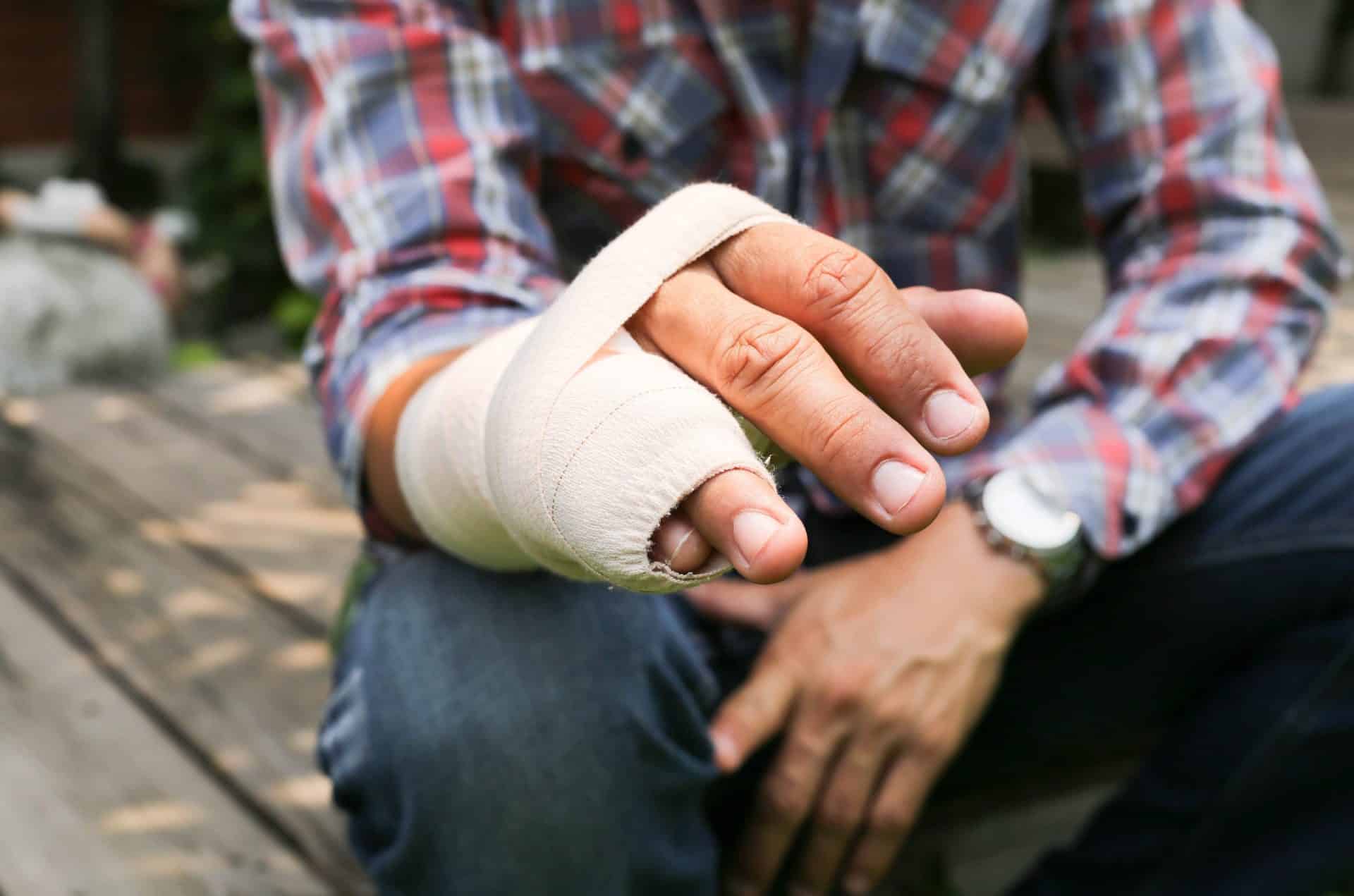Until 2003, Colorado was known as a “no-fault” state. This meant that in most civil cases involving liability, each party bore equal responsibility (or no responsibility) and could not sue another party for damages. In the case of a car accident, for example, each person made a claim with their own insurance company and didn’t try to attach blame to the other party and make them or their insurance company pay damages. In 2003, however, Colorado changed its policy and became an “at-fault” state. What this means is that now one party in a liability case can sue the other and seek damages. In the car accident example, a driver who believes the other driver to be at fault can seek damages from the other driver or their insurance company and make no claim on their own insurance. Liability has to be proven in order for damages to be awarded, but the burden of proof is simply that “the preponderance of the evidence” (51%) shows liability, not that liability be proven “beyond the shadow of a doubt” as is required for proving guilt in criminal cases.
Is Fault Determined as All or Nothing in Colorado?
In Colorado, liability is not an all-or-nothing proposition. It is possible for each party to bear some percentage of responsibility for an accident or injury. Colorado follows a policy of modified comparative damages in determining liability. What this means is that it is possible that both parties bear some percentage of liability in a personal injury case. In Colorado, as long as the plaintiff carries less than 50% of the liability in a personal injury case, they can still recover damages, though the amount will be reduced by the percentage of liability assigned. For example, if the plaintiff in a slip-and-fall case is determined to be 10% responsible for their own accident, they would only receive 90% of the damages awarded. If the plaintiff is determined to be 50% or more liable for the accident or injury, they can receive no damages at all.
How is Liability Determined in Colorado?
In Colorado negligence claims, many factors are considered when determining liability. In order to be found negligent, in whole or in part, the defendant must have had a duty to protect the plaintiff from harm and must have failed to fulfill that duty. For example, a business owner has a responsibility to make sure that the door to their building is safe for those entering. If the business owner fails to remove the glass shards left from a broken window and a customer is cut by the glass or slips and falls on it, the business owner has failed in their duty to protect the customer and may be held liable. Other elements necessary to prove a negligence claim are that the defendant’s actions or inaction must have caused the plaintiff harm and that the defendant has the assets or financial ability to pay damages to the plaintiff.
How Could I Be Found Liable for My Harm or Injury?
If you are harmed or injured doing something that you knew you shouldn’t be doing, you may be held at least partially liable. For example, if you swim at a beach that has a “no swimming” sign posted and cut your leg on a sharp piece of metal that is hidden underwater, you may be held at least partially responsible for your injury. Any time you knew or should have known that your actions could result in injury, the defendant can argue that you are at least partially liable for any harm that befalls you. If you are unsure who is at fault for your injury or harm, consult with one of our skilled personal injury attorneys to determine your best path forward.




